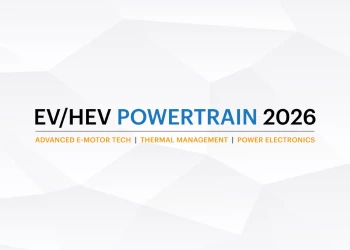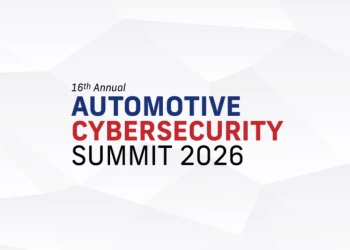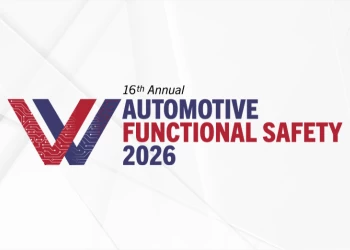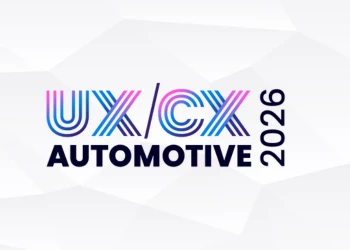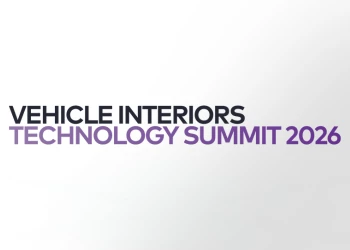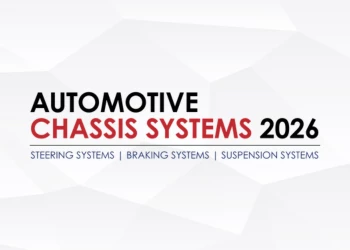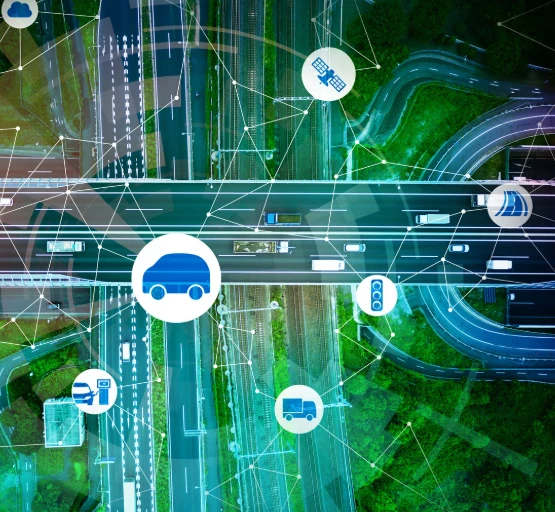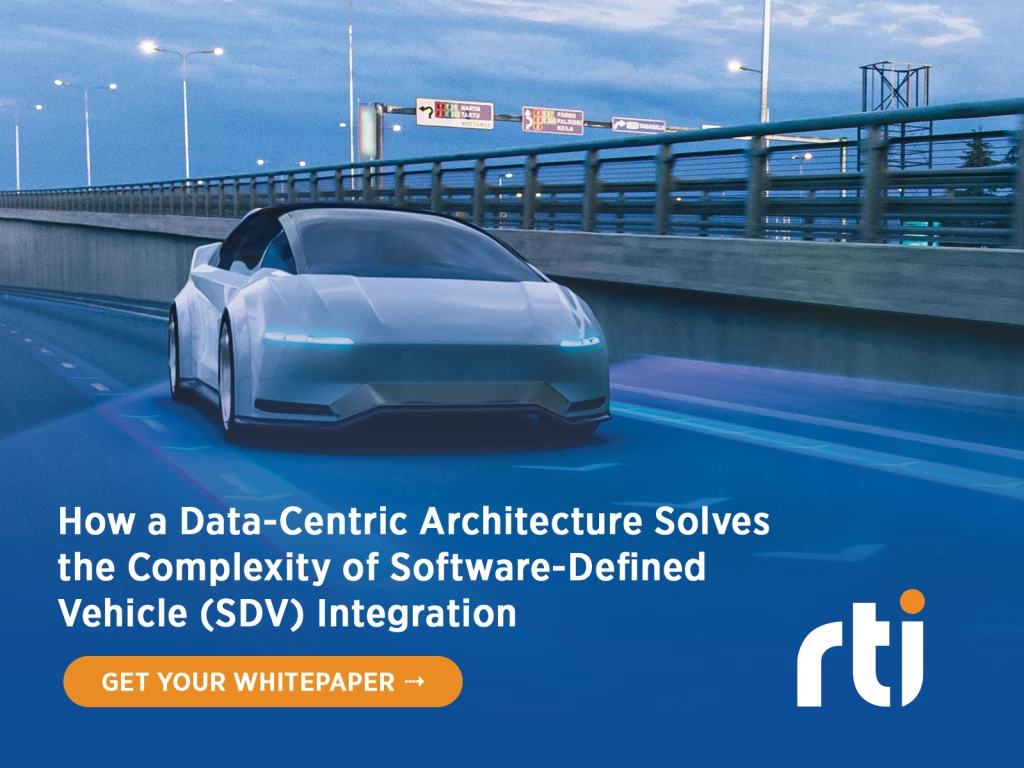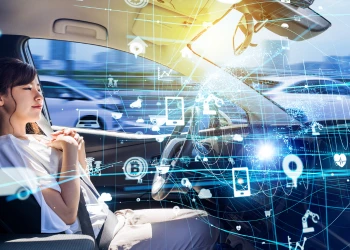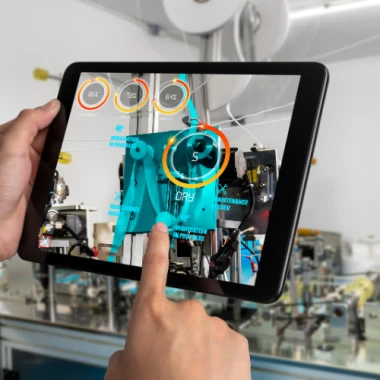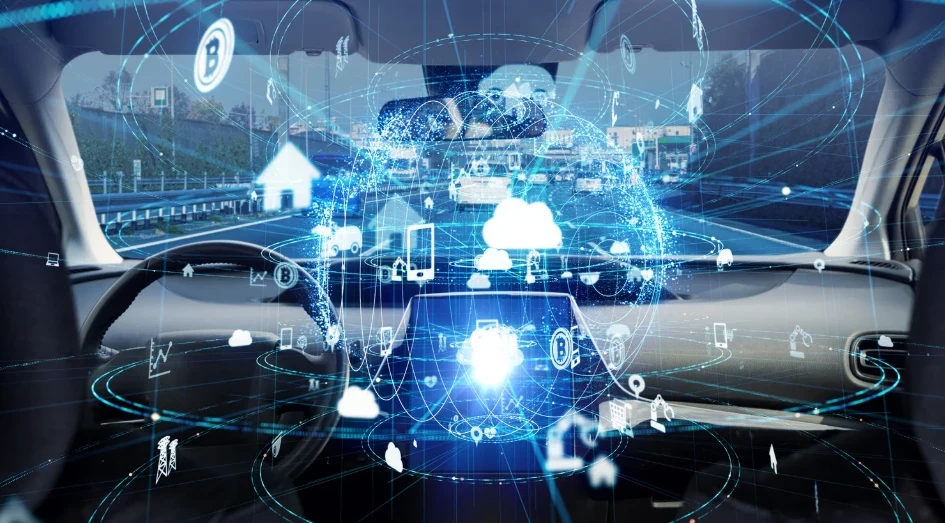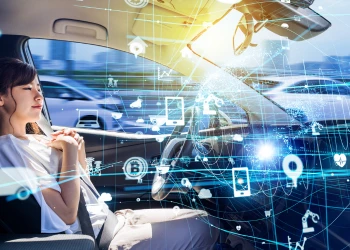SDV & AI in Automotive USA 2025 - Perspective and Takeaways by Partha Goswami
Key Industry Findings on the SDV and AI Landscape
Add bookmark
As the name suggests, the SDV & AI in the Automotive USA (Sept 30-Oct 2) conference not only focused on the state of today’s SDV development and AI applications but also looked closer at the intersection of the two disciplines. While a two-day discussion centered on two such broad topics could’ve easily been bogged down in generalities, there was no shortage of insights worth paying attention to.
It was a pleasure to deliver a keynote talk on the inaugural day, Sept 30, and chair the SDV sessions on both Day 1 and 2. I also found myself moderating a series of panels, working with a broad cross-section of the industry. It was tiring, but it also left me with rich thoughts from up-close conversations on multiple facets of SDV today.
The conference brought together a nice mix of players with a direct stake in the evolving SDV space - OEMs, Tier 1/2s, technology developers, experts in software services, safety and autonomous driving, AI, and cybersecurity.
The Changing SDV Landscape
The very first panel of the day, that I had the pleasure of moderating, brought together a diverse group of panelists from OEMs (Ford, Karma), Tier 1s (Aptiv, Bosch), software marketplace (SDVerse), engineering solution providers and mobility consultants (IAV, MHP) – providing a bird’s eye view of the evolving SDV landscape, and how it is changing across different markets, e.g., US, Europe, Japan, Korea, and China.
A key emphasis in the discussion was the need for OEMs to explore effective partnerships and align with the changing supply chain, which is no longer a hierarchical pyramid with the OEM at the top. Other insights include:
- SDV is not the end, but “means” to an end - the end being the new operational, experiential, and affordability value to the customers.
- Organizational changes are crucial for transitioning to a software-centric industry, especially for OEMs and Tier 1s. (Leave the egos behind, as someone commented).
- The options between “Make” and “Buy” – for technology, software, or tools- provide opportunities and challenges as OEMs are trying to find the sweet spot between their current horizontal integration and a fully controlled “vertical” integration.
- Opportunities for digital services and features on demand, often overestimated by the industry, need to be aligned with consumers’ willingness to pay and how they genuinely add to the long-term value and experience. The example of BMW’s early attempt to charge for activating heated seats was cited as a lesson for all of us.
- Finally, while developing SDV and software-first architecture, it is important to incorporate and understand safety, regulatory, and physical constraints relevant to automotive.
The Key Themes
The five key themes of the day include SDV architecture, adoption of open-source software, the intersection of AI and SDV, cybersecurity, and consumer experience.
Architecture
The discussion on evolving vehicle architecture within traditional OEMs came back multiple times. OEM speakers highlighted how they are addressing the basic decoupling of hardware, (e.g., the zonal SoCs, sensors, and actuators) from software, and the layering of software (e.g., various drivers, OS, middleware) with a clear separation from the top layer of applications or vehicle functions (e.g., body controls, climate functions, adaptive vehicle chassis controls etc.). Most traditional OEMs are in various stages of building similar architecture-distributing computations between local and zonal or central platforms, pursuing a mix of OEM-owned software factory as well as partnerships (e.g., VW and Rivian), and engaging with the open-source software community.
Open-Source Software: Governance & Licensing
We heard frequent agreements on the need for open sourcing in SDV development, for non-differentiating and foundational software such as middleware. But they come with the need to manage a complex intellectual property (IP) landscape and a different licensing framework, such as the GNU General Public License (GPL) V3, without compromising safety and liability requirements.
Pros & Cons: A panel consisting of legal professionals, software developers, and open-source consortium partners busted some myths about using open source (e.g., it is not free) and educated the audience on the strategic considerations for licensing. The key benefits included
- Industry standardizations
- Reduced R&D costs
- Innovation through global developer communities
Governance - Eclipse SDV, a key consortium dedicated to developing and sharing open-source software, discussed the key elements for the success of open-source adoption. In particular, they shared the importance of the right “governance model” for success. The speaker described their mixed governance model to foster an ecosystem of collaboration without getting tied up in delays from overly granular consensus. The mixed model selectively uses elements of a “Top-down” control with “Meritocratic” governance and a more “Democratic” approach to decisions.
We wish them and the entire auto industry success in mixing community empowerment with top-down, faster decision-making for the effective adoption of open-source software.
Intersection of AI & SDV
A direct impact of AI is felt in enhancing the SDV development - from AI-augmented requirements to smarter test coverage and automating the validation at various phases of the continuous testing, integration, and deployment (i.e., CI/CD/CT), use of Digital Twins and virtual ECU development.
AI also has a big role to play in developing better self-driving capabilities by training the system on visual road data. However, several speakers believed that, despite the growing AI-enhanced applications, processes, and tools in automotive, most traditional OEMs have yet to build a robust AI foundation. The emerging NEVs (e.g., Xpeng, Tesla, Li Auto) appear to have bigger and more structured investments in AI frameworks and models.
Cybersecurity
Cybersecurity remains an area that needs much more investment and engagement from the industry. Some of the numbers shared during the conference are staggering.
- In 2024, there was a 41% increase in incidents exposing automotive security vulnerabilities.
- 92% of attacks were remote or long-range, targeting vulnerabilities in telematics and application servers, infotainment or navigation systems, EV charging, etc.
The growth of LOC or lines of code (expected to be over 600M by the end of 2025) is also adding to the common vulnerabilities and exposures (CVE).
Cockpit and Customer UX
What matters most to the consumer is the usability and the ownership experience, not the architectural details. Conversely, what matters most to the OEM and the supply chain is if SDV enables cost-efficient product development (at least in the long run) and new business models.
An interesting panel comparing UX in automotive (Stellantis) and aviation (Panasonic) identified some of the similarities (e.g., benefits of personalization) and differences (e.g., ownership of the automobile) and discussed how AI/ML can be instrumental in helping redefine the unique UX in each.
So, What Were the Key Takeaways?
- Customers do not care about the architectural nuances of SDV and how it differentiates from legacy architectures, or if an OEM is adopting open-source software or building proprietary software.
- Cyber threats should be taken more seriously, not only for products, but also for manufacturing and other related enterprise processes, as proven by the impacts of the recent cyberattack on JLR, which impacted the OEM and a significant part of its supply chain.
- The most visible impact of AI, in the context of SDV, is likely felt in various consumer-centric applications, such as voice assistants based on NLP, as well as personalized in-cabin features and services, often supported by curated LLMs, moving from cloud to embedded or edge AI.
- Open-source adoption needs understanding of the pros and cons, and effectively dealing with the licensing requirements.
Delving into Details - Day 2
Day 2 delved into more specifics and reinforced the topics discussed on Day 1, with a focus on the organizational transformation, state of cybersecurity, AI, virtualization, software marketplace (e.g., SDVerse), and a demo on containerization.
More on AI & SDV
While the speakers and panels agreed that AI-driven SDV is a logical evolution and is enhancing automation of intelligent tools, processes, and user experience, there are open opportunities for stronger coupling between SDV and AI to build on the current applications of personalized and predictive UX, fast iterative product development, and infotainment services.
It is also critical for automotive to integrate AI into the vehicle’s edge computing environment, with a lighter energy footprint compared to energy-hungry cloud-based servers. Also, there are open questions regarding return on investment (ROI), scalability, and the broader ethical considerations.
Additonal insights:
- Some of the OEM speakers acknowledged the need to be more proactive and less reactive in developing AI-based services, and incorporating automotive-grade safety and reliability in AI-based solutions remains a work in progress.
- A speaker from the SDVerse marketplace discussed its upcoming AI-driven matching of software buyers and sellers to fast-track the search and adoption process of new software.
Cybersecurity
The centralized SDV computing environment, by definition, opens many doors for cyber-intrusions relative to the legacy distributed and isolated systems. Speakers echoed some of the thoughts from day 1, highlighting recent reports showing a 31% year-to-year increase in attack incidents, with records of 200+ data breaches in 2024. Formal methods are needed to effectively address these vulnerabilities.
TARA (Threat Analysis and Risk Assessment) metrics in the automotive industry, as defined by ISO/SAE 21434, face challenges due to evolving architectural changes, in-vehicle networks, and integration of third-party software.
Open-Source Adoption
Day 2 reinforced one of the key incentives for adopting open-source software, which is access to a common software stack that can be used by all OEMs for non-differentiating usage, that can benefit from developmental input from all stakeholders, OEMs and suppliers alike. The recent MoU between Eclipsed SDV and twelve European OEMs, suppliers, and software companies was cited as an example of new collaboration. However, there is more work to be done to get similar engagement from OEMs and the ecosystem from all markets, including the US, Japan, Korea, and even China. Adoption of non-competing open-source software can also lead to faster validation and time to market for the new SDV products. A Speaker from Cummins, who is adopting digitalization and the SDV framework, also emphasized their focus on open-source software and standardization in their smart telematics initiatives.
The role of a marketplace for software such as the one from SDVerse was cited to support some of the same goals, i.e., adoption of ready and validated software that is potentially non-competitive and can be used by OEMs for their more customized individual software, with a reduced sourcing process. This can also help minimize software development costs and close the complexity gap in building individual software architecture.
Epilogue
A packed day ended with additional discussions and insights on SDV development, including:
- Enterprise transformation - The new software-centric vehicle development is not just about digital tools and processes or implementing CI/CD, but it is an enterprise-wide transformation that is tightly coupled with consumer needs and the feature development teams.
- Benchmarking AV compute platforms – Bosch highlighted its participation in AVCC (Autonomous vehicle computing consortium) benchmarking AV compute platforms for faster development and adoption.
- Containerization - Speakers from Aptiv made a strong case for the benefits of containerization in an HW/SW decoupled environment, despite certain limitations in the edge environment (relative to cloud). The day 1 discussion on “containerization” was complemented by a demonstration of their “Container Manager”. There are still challenges to be resolved to scale up this approach in an edge environment.
- Virtual prototyping – This is absolutely critical in going left within the CI/CD paradigm. An OEM speaker discussed some of the work in virtual ECU software development, testing, and validation, and how it can accelerate product development and ultimately time to market.
Last but not least, on a personal note, the individual interactions in a relatively small setting enabled in-depth conversations with new connections to continue the conversation.
Thank you.
Contact: partha.goswami@pgmobility.com

